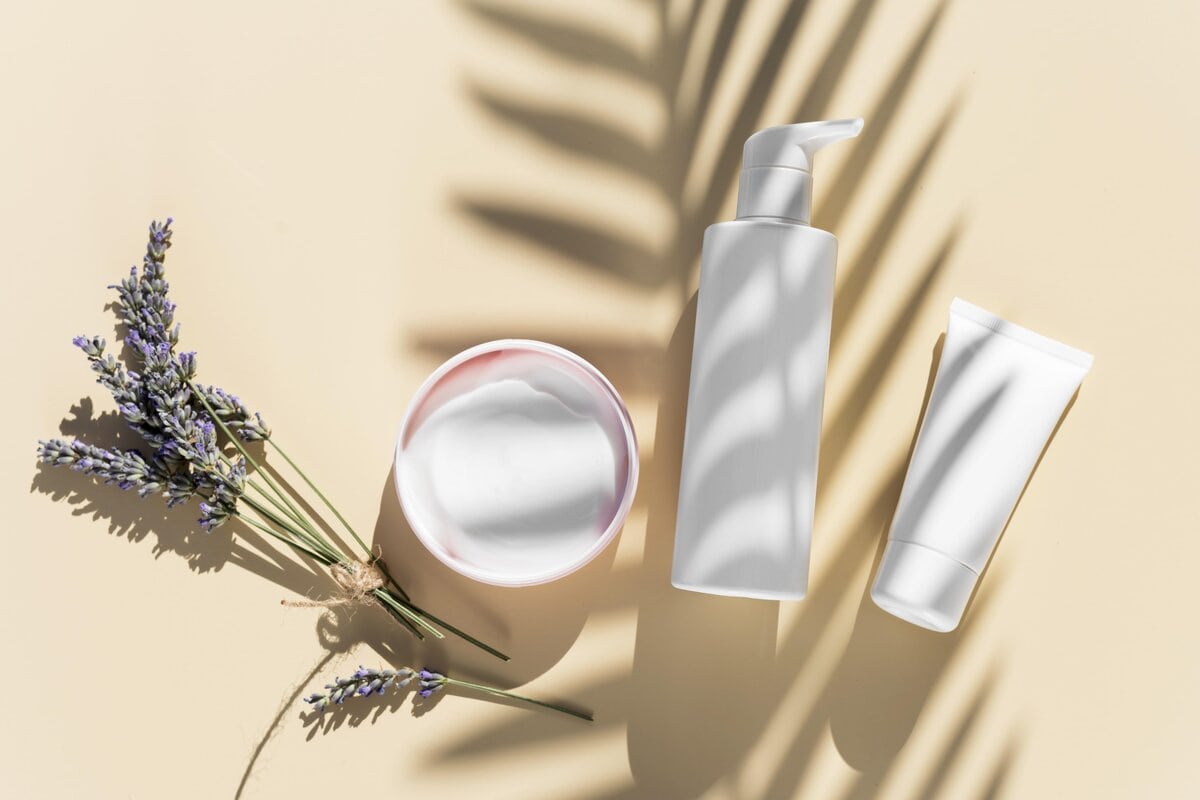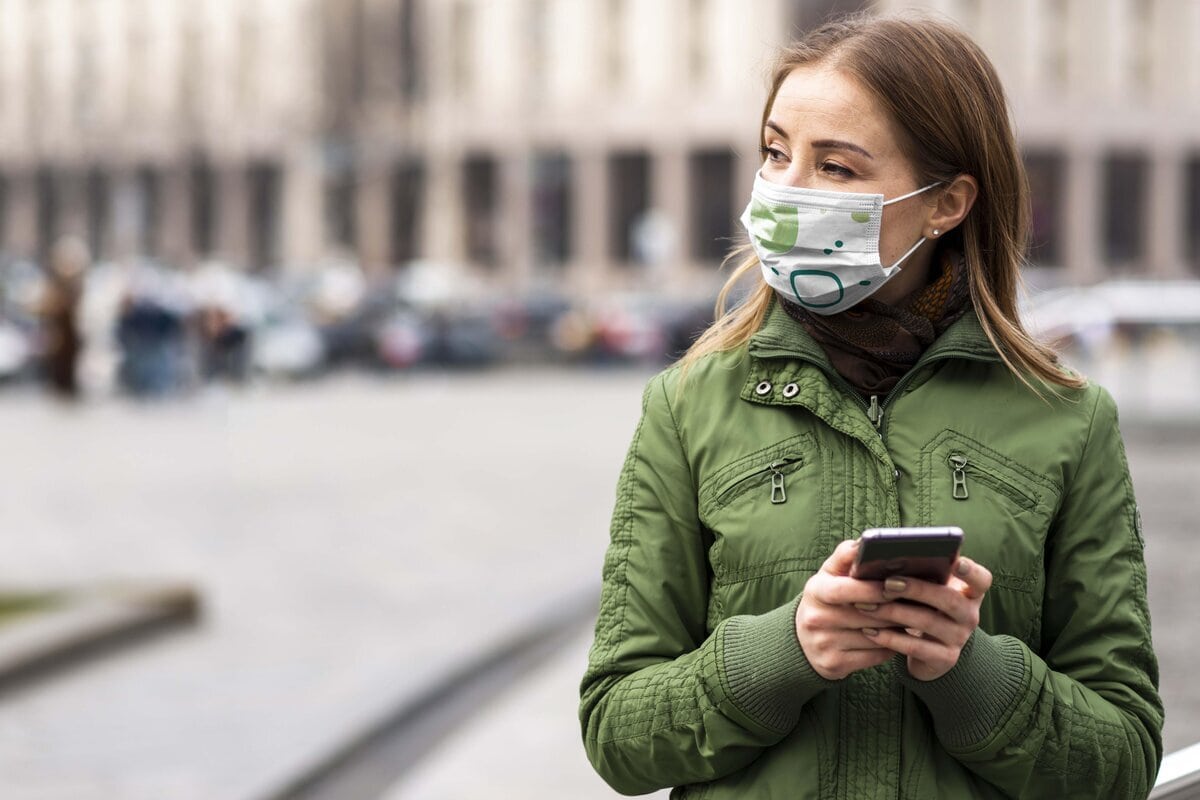What is your skin type?

Our skin is a three-story building. The middle floor is called the dermis or skin, above is the epidermis and below is the subcutaneous tissue. The skin is divided into four layers. Starting from the top down there is the stratum corneum, the granular, the spinous and the basal layer.
In total, the skin is from one twentieth to one tenth of a millimeter thick and has important protective properties, the most important of which is to protect against external invaders. This is because the stratum corneum – the “tiles” of the building – is quite durable because it is made up of dead cells filled with a hard protein called keratin.
The skin cells form in the basal layer and begin to transform outwardly to disappear from the body within about four weeks. In some people, this “journey” is accelerated, for example, if you have eczema or psoriasis, the time may be only five days.
Not all people have the same skin. A key difference is that some produce more sebum or even more fat. Another difference is that there may be different pH values - an indicator of the acidity of liquids. The skin usually has a pH of 4.7 to 5.5. The digestive fluid of the stomach has 1-1.5 which means that it is a strong acid while the water has 7. The microscopic fluids of the skin come from products of metabolism, wastes from the cells of the thorn layer, lactic acid and sebum. These slightly acidic liquids retain water and are therefore called natural moisturizers.
Table of Contents
Skin types:
The skin from birth has a cleansed type. There are different types that are affected by the amount of sebum produced and the moisture that the skin retains, due to the natural moisturizing factors. It often happens that people have oily and dry skin in different places at the same time. Also, skin type can change over time due to hormones, sun exposure, many hot showers and cosmetic creams.
In the early 1900s, cosmetics entrepreneur Elena Rubinstein considered four skin types: dry, oily, combination and sensitive, a classification that lasted almost the entire last century. Today there are more sophisticated approaches by experts with basic criteria of how much sebum and water is on the skin and how sensitive it is. Simplifying things a bit, the skin is divided into oily, dry, combination, normal and sensitive.
Oily
Oily skin tends to produce more sebum than it needs, which may be due to a genetic predisposition or hormonal disorder. It has a porous, wet and shiny appearance. It is more common in adolescents and people under the age of 30, and is associated with acne. With special care products, you can restore its natural balance. However, creams with antiseptic action can not affect the sebaceous glands because they are located in the skin, ie deep in the skin.
Dry
The skin is rough and dehydrated. It lacks normal moisture and fat. This makes it look less elastic and tight. With special face care creams, you can restore the moisture reserves and strengthen it. Although the skin type is significantly predetermined, as we grow older it tends to become drier as the sebaceous glands produce less oil.
Normal
It is soft with small pores. It is neither too dry nor too greasy. It has a normal texture, without imperfections, is clean and does not need special care. However, normal skin needs hydration to better protect it. Younger people are more likely than older people to have the normal type.
Combination
It is the skin that combines two different types: normal to dry and oily, in different places. Mixed tends to develop oiliness, especially in the T-zone (forehead, nose, chin). In contrast, on the cheeks it is normal to dry. This is because the distribution of the sebaceous and sweat glands is not homogeneous.
Sensitive
It is more prone to react to stimuli to which normal skin has no reaction. It is more fragile and often causes discomfort, redness or itching. This type loses the stratum corneum more easily, facilitating the entry of microorganisms and irritants, increasing the chance of infection and allergic reactions. This is thin skin that needs more care.
At Vita4you.gr you will find a variety of face products for every skin type!
Disclaimer
The content of this blogspot is not and can not be considered as medical advice, diagnosis or treatment. All information is provided to readers solely for informational purposes. There is no intention to substitute this content for personalized medical advice, diagnosis, prognosis or treatment.








Leave a comment